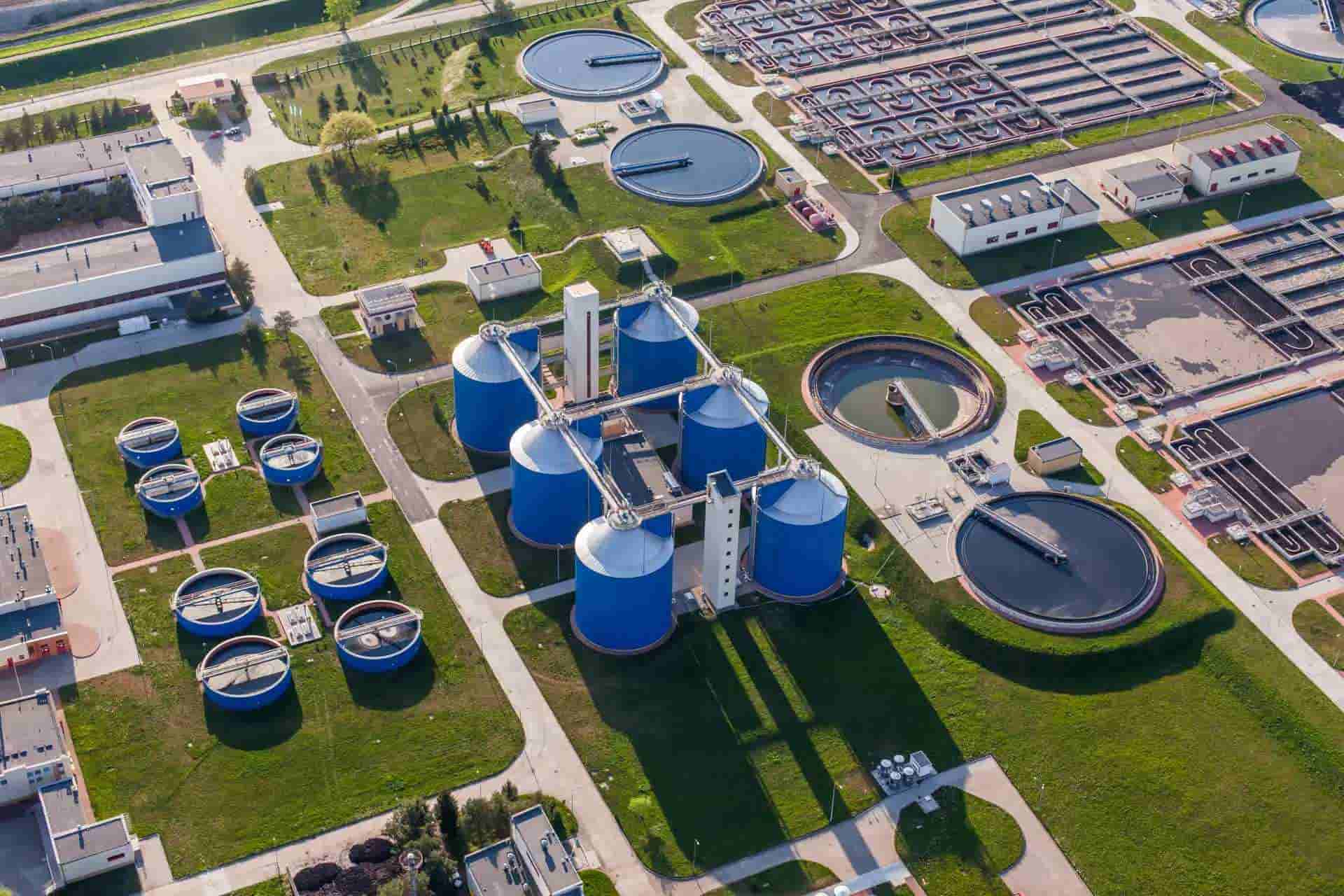Microgrids provide power resilience and meet local electricity and heat needs. They are commonly established due to faulty local electrical networks, weather-related disruptions, or municipal incentives to reduce peak demands and increase renewable energy use.
Microgrids can function autonomously or connect to the national grid. Microgrids use several generation kinds depending on their goals and local resources. This includes coordinating and managing renewable energy sources like wind and solar photovoltaics (PV) with high-efficiency gas engines and combined heat and power (CHP) systems that use pipeline gas or renewable gas.
Energy storage improves microgrid performance. These technologies increase renewable energy efficiency, system resilience, and stability through “synthetic inertia.” Microgrids can also support the electricity grid or be self-sufficient.
Flexible CHP, heat pumps, and HVAC systems allow microgrids to handle fluctuating thermal demands. This optimizes microgrid heating, ventilation, and cooling.
Supporting Microgrids: Customized Solutions
Through our diverse capabilities, Ganymede maximizes microgrid potential. We develop, supply, and install flexible combined heat and power (CHP) systems and entire microgrid and hybrid systems. We provide after-sales support and maintenance to keep your microgrid system running smoothly.
We provide custom-engineered solutions to match our customers’ needs. We can design and build a microgrid with energy storage, smart control systems like the Heila Edge platform, and a flexible gas engine.
Advantages
Choosing Ganymede as your trusted partner reduces complexity and dangers involved with organizing various suppliers. We pride ourselves on long-term aftersales support, maximizing equipment uptime and minimizing microgrid disturbances.
Ganymede helps microgrids deliver robust, sustainable, and cost-effective power solutions through engineering expertise, comprehensive solutions, and reliable service.
Microgrid Modes: Flexibility and Efficiency in Power Management
Grid-connected mode
The microgrid exchanges power with the utility grid in this mode. When renewable energy exceeds local usage, the microgrid can feed extra electricity back to the grid. This mode provides steady power and efficiently uses renewable resources.
Islanded mode
The microgrid provides power to local customers without using the main grid. Grid failures and poor grid connections make this mode helpful. The microgrid generates power using renewable energy systems and backup generators. Islanded mode provides uninterrupted electricity amid grid interruptions.
Hybrid mode
Multi-source microgrid hybrid mode generates power. It syncs solar panels, wind turbines, and gas or diesel generators. Hybrid power generating maximizes renewables’ intermittent but clean power and traditional generators’ reliability. This mode saves fossil fuel and increases efficiency.
Emergency mode
Microgrids can prioritize vital loads and maintain crucial services in emergencies. During power shortages or emergencies, this mode selectively powers hospitals, emergency response centers, and important infrastructure. The microgrid maintains critical operations by smartly managing electricity resources.









